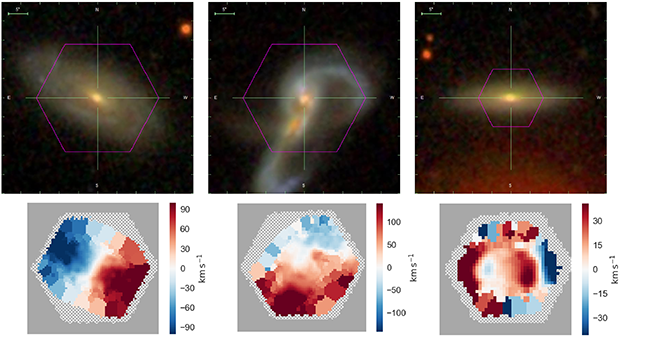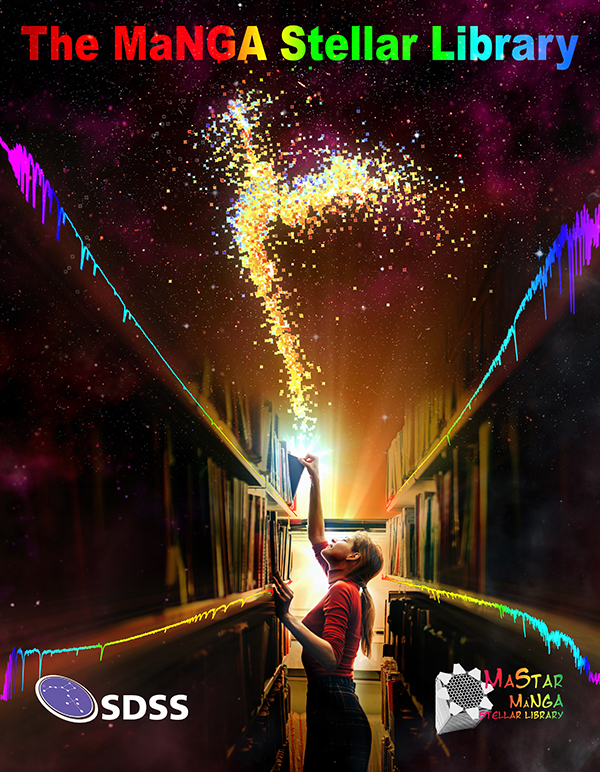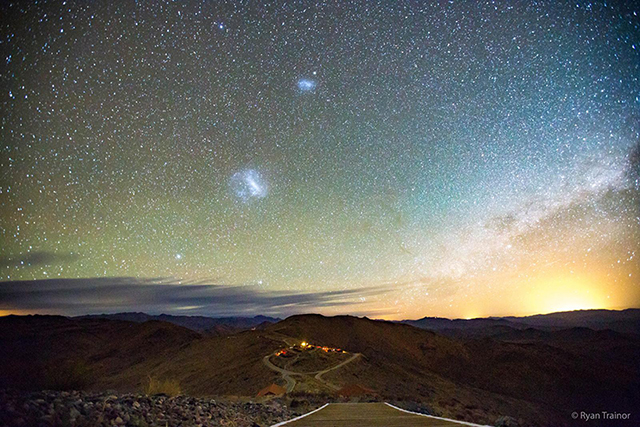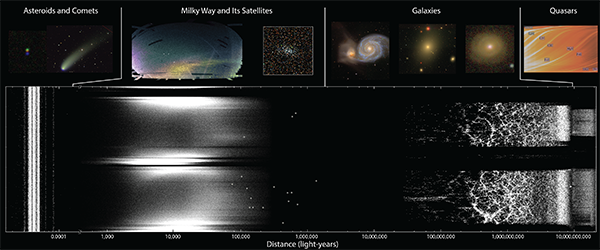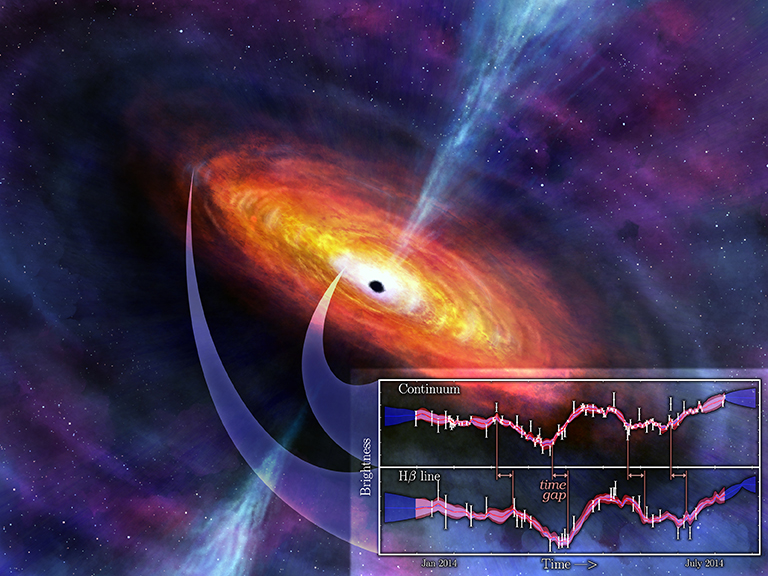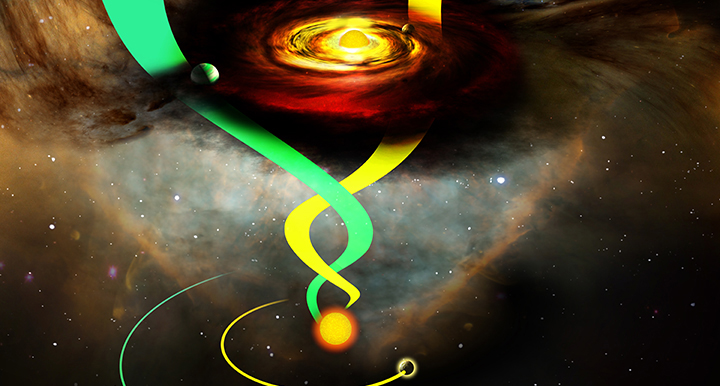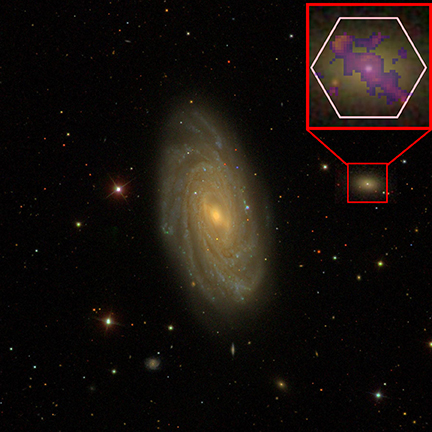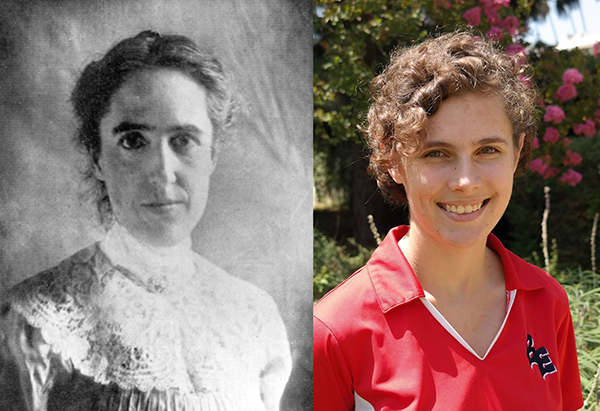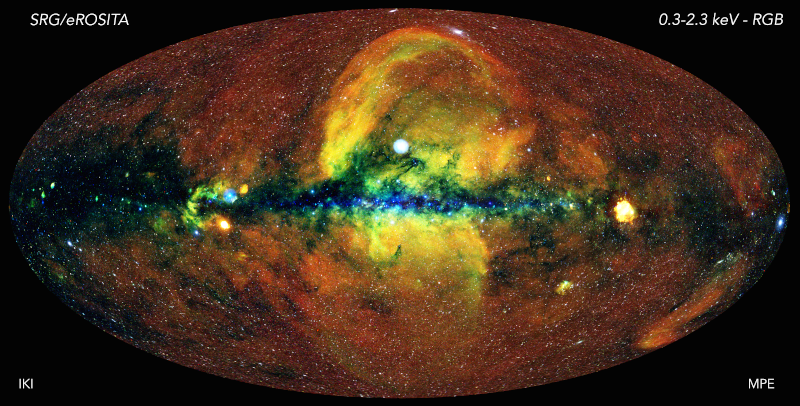
Our deepest view of the X-ray sky
The eROSITA telescope has provided a new, sharp view of hot and energetic processes across the Universe – a view that the Sloan Digital Sky Survey (SDSS) and similar projects will use to enhance our knowledge of the Universe.
Read More
